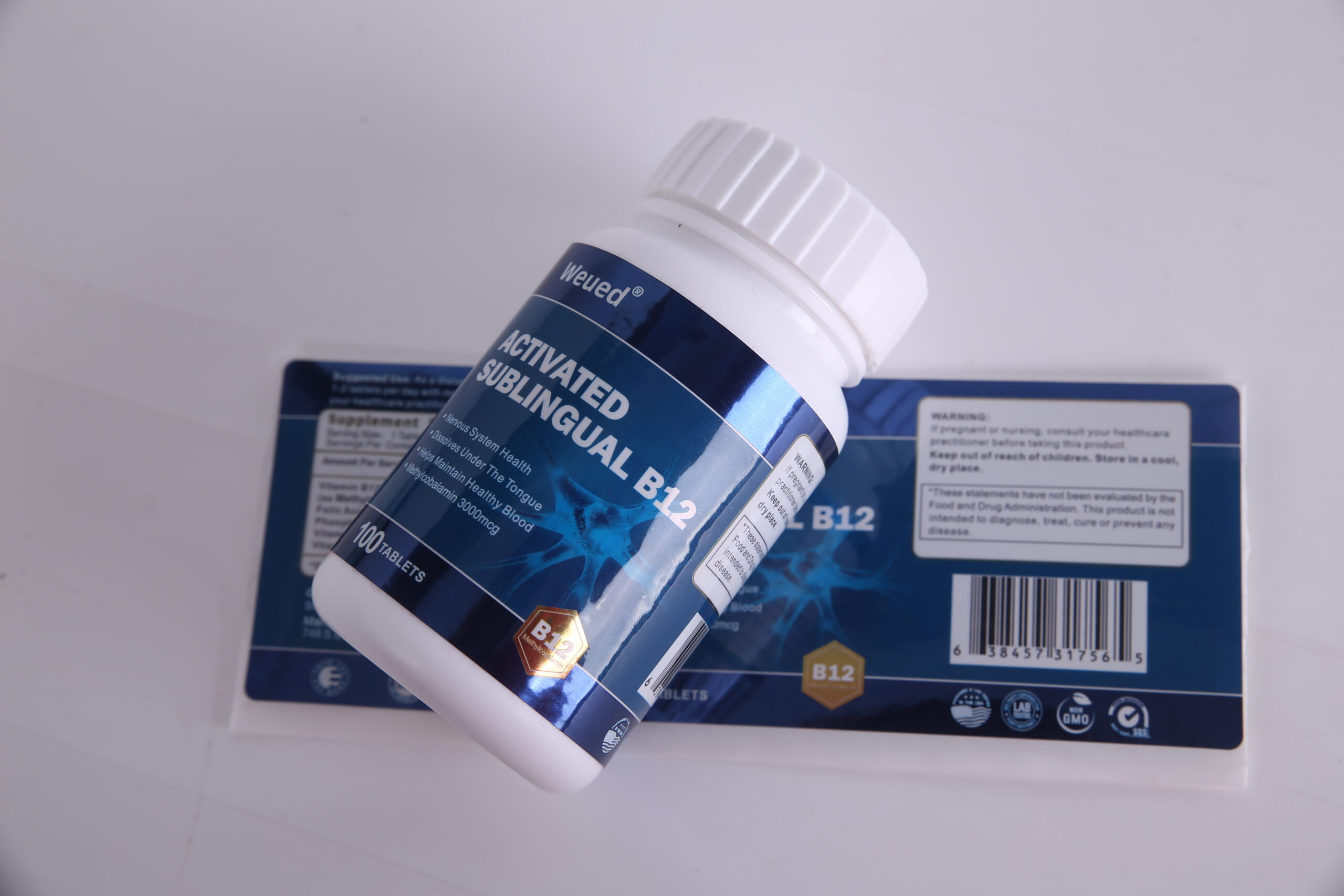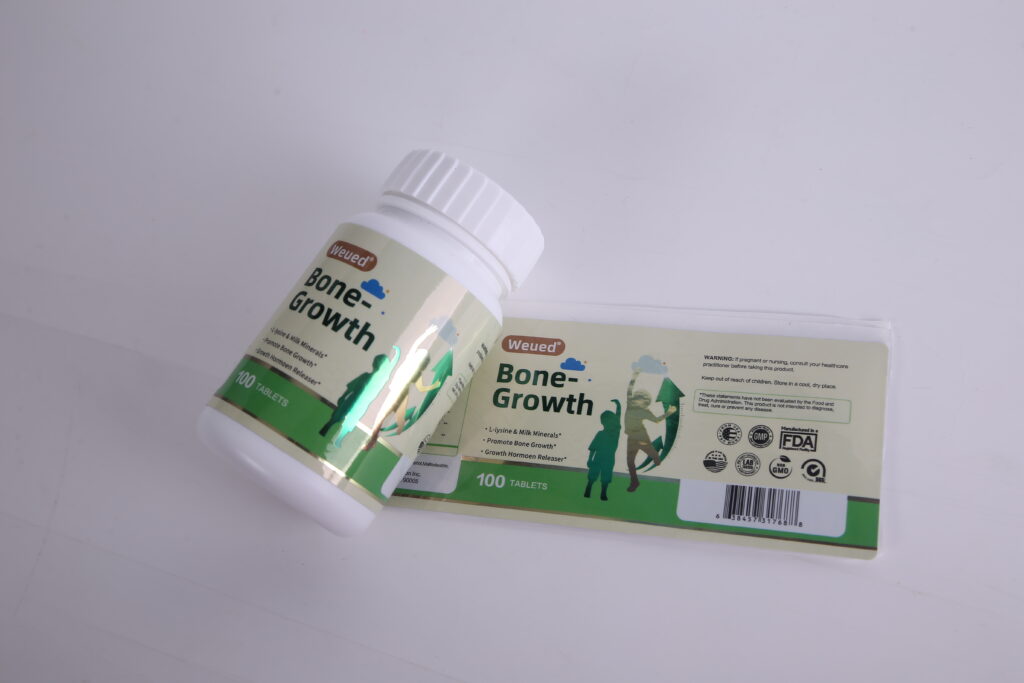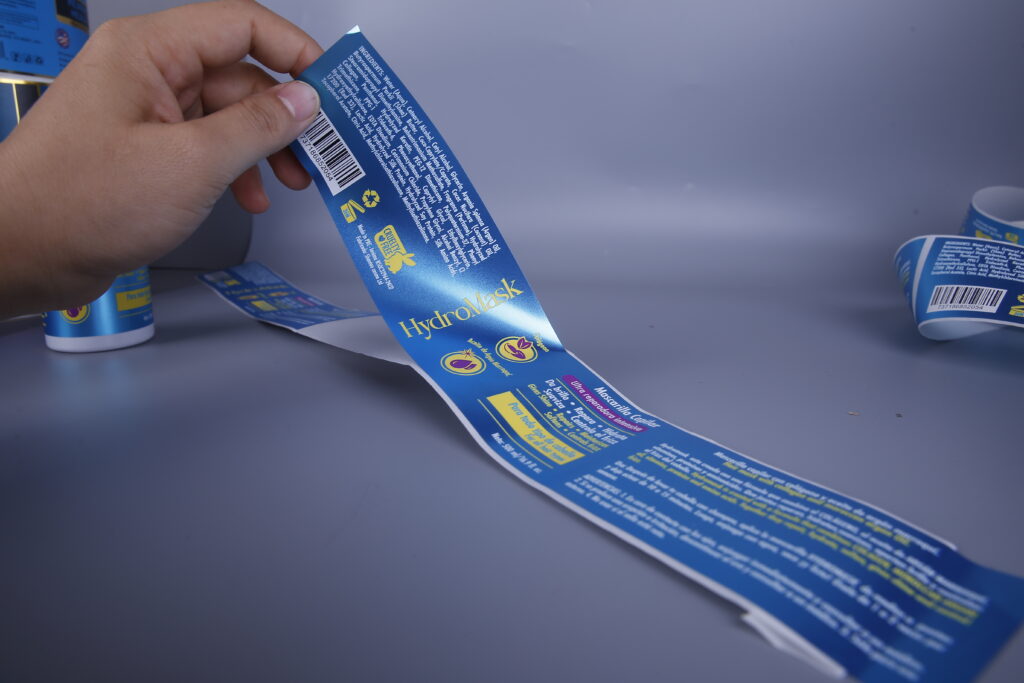In the competitive world of dietary supplements, ensuring that your product’s Supplement Facts label is fully FDA-compliant is critical for maintaining both consumer trust and legal protection. As a supplement manufacturer or distributor, you must ensure your labels provide clear, accurate information and follow all required guidelines to avoid costly mistakes. Here’s everything you need to know to choose the right Supplement Facts label for your products and stay compliant with the FDA label guidelines.

What is a Supplement Facts Label?
A Supplement Facts label is a legally required component of any dietary supplement in the United States. This label helps consumers understand the composition and nutritional value of the product. FDA compliance is non-negotiable when it comes to label design for dietary supplements, as improper labeling can lead to regulatory scrutiny.

Key elements required by the FDA Supplement Facts label include:
Serving size
Number of servings per container
List of ingredients and their respective amounts
Percent Daily Value (DV) for specific nutrients
Additional nutrients or proprietary blends, if applicable
FDA Compliance: Understanding Labeling
Requirements
For dietary supplements, there are several FDA regulations that must be followed to ensure product compliance. Below are the critical elements to consider when designing a compliant label:
- Supplement Facts Heading: The term “Supplement Facts” must be bold and in a large, readable font. This ensures that consumers can easily identify the product’s essential nutritional information.
- Ingredient List: All ingredients must be listed in descending order of weight, and the ingredient names should be their common names, not proprietary blends unless the blend is disclosed clearly.
- Serving Size: The correct serving size must be listed, and it should reflect the amount typically consumed by the average consumer. It’s also important to include servings per container.
- Daily Value (DV): For vitamins and minerals, ensure Percent Daily Values (DV) are clearly marked for each serving size, as required by FDA regulations.
- Warning Statements: Depending on the product, specific warning labels may be required. Common warnings include “Consult your doctor before use” or “Not intended for children under 18.”

How to Choose the Right Label Material for Supplement Products
In addition to ensuring FDA compliance, choosing the right label material for your dietary supplement products is crucial. The material you select impacts not only the aesthetic appearance of the label but also its durability, adherence to the container, and resistance to environmental factors such as moisture, heat, or rough handling. The right label material can enhance your product’s brand image, ensure its longevity, and boost consumer trust.
Here’s a breakdown of popular supplement label materials, each with its unique advantages and limitations:
Paper Labels
Paper labels are a popular choice for short-term use, especially for products that will not be exposed to harsh conditions. They are easy to print and apply, making them an affordable option. However, paper labels are not ideal for environments with high humidity or rough handling, as they can tear and fade quickly.
- Advantages: Affordable, easy to print, and versatile.
- Limitations: Less durable in moist or high-traffic areas, prone to tearing and fading.
Vinyl Labels
Vinyl labels are known for their durability and are perfect for supplements stored in environments exposed to moisture, heat, or frequent handling. Vinyl labels provide excellent adhesion and are tear-resistant, making them suitable for products in humid conditions like bathrooms or kitchens. They are highly durable but are more expensive than paper labels.
- Advantages: High durability, water-resistant, tear-resistant, and versatile.
- Limitations: More expensive than paper labels and less eco-friendly.
Clear Labels
Clear labels offer a sleek, modern look and are ideal for showcasing the product itself, especially if the product has vibrant colors or intricate designs. These labels allow the consumer to see the product inside the container. Clear labels are made from materials like vinyl or BOPP and add a touch of elegance and sophistication to the packaging.
- Advantages: Aesthetic appeal, allows product visibility, premium look.
- Limitations: Can be more expensive and may require high-quality printing for the best results.
BOPP (Biaxially Oriented Polypropylene) Labels
BOPP labels are an excellent choice for supplement manufacturers who need durable and cost-effective labeling solutions. BOPP is a versatile material resistant to moisture, oil, and chemicals. It also offers excellent clarity and is highly scratch-resistant, making it ideal for products that require long-lasting labels.
- Advantages: Resistant to moisture, oil, and chemicals, highly durable, scratch-resistant, offers high print quality.
- Limitations: Slightly more expensive than paper labels but provides great value for long-term use
How to Create Custom Supplement Facts Labels: Ensure Compliance and Appeal
Creating custom Supplement Facts labels is a crucial step for any dietary supplement business. Whether you are designing the labels yourself or hiring a professional, it is essential that your labels are accurate, compliant with regulations, and visually appealing. Here are the key factors to consider when designing your Supplement Facts labels.

Choosing a Label Design Service: DIY vs. Professional Design
When it comes to creating custom Supplement Facts labels, you can either design them yourself or hire a professional designer. Both options have their advantages and disadvantages:
Benefits of Hiring a Professional:
- Expert Knowledge of FDA Regulations: A professional designer understands the complexities of FDA regulations, ensuring that your labels meet the necessary standards.
- High-Quality, Attractive Design: Professionals can create eye-catching labels that align with your brand image, enhancing the market appeal of your product.
- Time-Saving: Outsourcing the design process allows you to focus on other aspects of your business without worrying about the details of label creation.
Drawbacks of Hiring a Professional:
- Higher Cost: Hiring a professional is generally more expensive than designing the labels yourself.
- Less Creative Control: You may have to compromise on the final design, as professional designers often have their own creative vision.
- Longer Turnaround Time: Professional designers might require more time to complete the design, potentially delaying production.
Printing and Proofing: Ensure Accuracy Before Printing
Before sending your Supplement Facts labels to print, it’s vital to ensure they are completely accurate. Follow these steps to proof your labels:
- Double-Check Nutritional Information and Daily Values (DV): Ensure that all nutritional information, serving sizes, and daily values are accurate and match the product.
- Compliance with FDA Guidelines: Make sure the Supplement Facts panel adheres to FDA regulations regarding font size, layout, and required information.
- Review the Ingredient List: Verify that all dietary ingredients, fillers, and additives are listed accurately.
- Validate Marketing Claims: Ensure that any marketing claims, such as “natural” or “organic,” are substantiated and clearly stated.
- Check for Spelling and Formatting Errors: Even minor spelling or formatting issues can affect the readability and professional appearance of your label.
Conclusion
Designing an effective FDA-approved supplement label goes beyond compliance; it’s about crafting a visually appealing, informative, and durable label that can help your product succeed in a competitive marketplace. Whether you’re designing a vitamin label, a protein supplement label, or any other dietary supplement label, it’s crucial to strike a balance between regulatory compliance, branding, and consumer convenience. By following these best practices and using the right materials, you can create a label that enhances your product’s marketability and ensures trust with your customers.

